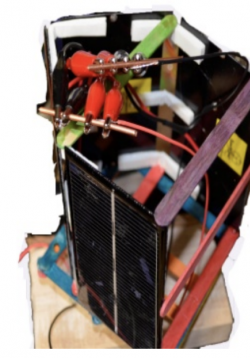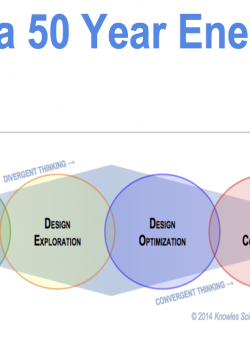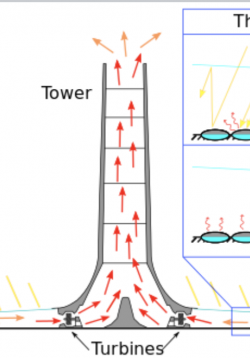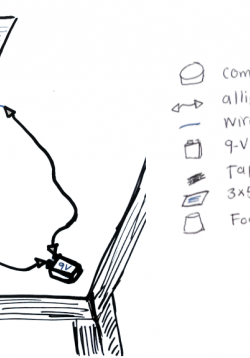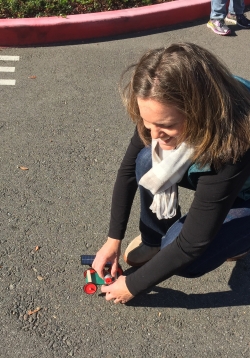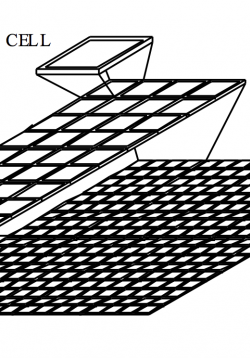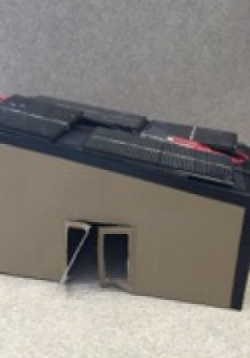Simple Solar Tracker
Students will be shown a working example of a solar tracker and asked to replicate the design based on their observations. The design incorporates four solar cells arranged in two arrays with each array reverse biased such that they generate a voltage that...

